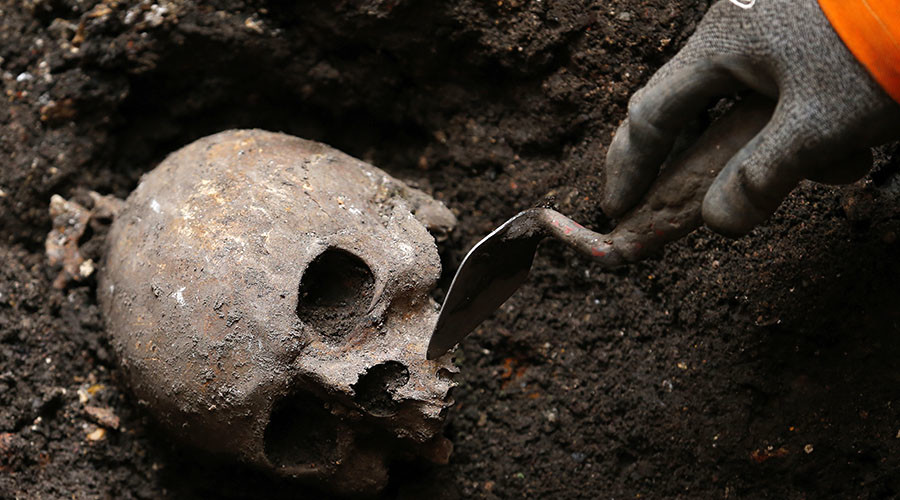
© Andrew Winning/Reuters
Campus employees at New York University made a grisly discovery while carrying out maintenance work as they came across coffins and skeletons buried beneath a famous Greenwich Village square. Anthropologists now hope to try and identify those buried for over two centuries.
The workers were replacing a water main next to Washington Square Park, one of New York's best loved public spaces and long a hangout for intellectuals, musicians and protesters, when they found the remains of what is believed to be part of a Presbyterian church cemetery, an archeologist said.
"You never know what you can find beneath the city's streets," Alyssa Loorya said at the site in Manhattan's Greenwich Village neighborhood. "You bury people to memorialize them, and these people were forgotten," she added, as cited by AP.
They found two burial vaults, which are stated to be around 200 years old. One of the crypts was roughly 4.5 meters by 5.5 meters in size, while the archeologists found evidence that it had been disturbed, with up to a dozen skulls and skeletons found piled up, while a number of coffins were discovered in the second vault.
Despite the remains being so old, the anthropologists and archeologists have not given up hope of perhaps identifying some of the dead who have been lying below New York City's streets. Loorya added that she and her team would also look through newspaper records and death records if necessary.
"We knew we could be encountering remains or other items in this area," said Thomas Foley, an associate commissioner with the city's Department of Design and Construction told AP. "We'll do some exploring to discover what other lanes we might have."
He was referring to a city policy that is to leave burial grounds intact when possible. Therefore engineers are looking at the possibility of developing a new route.

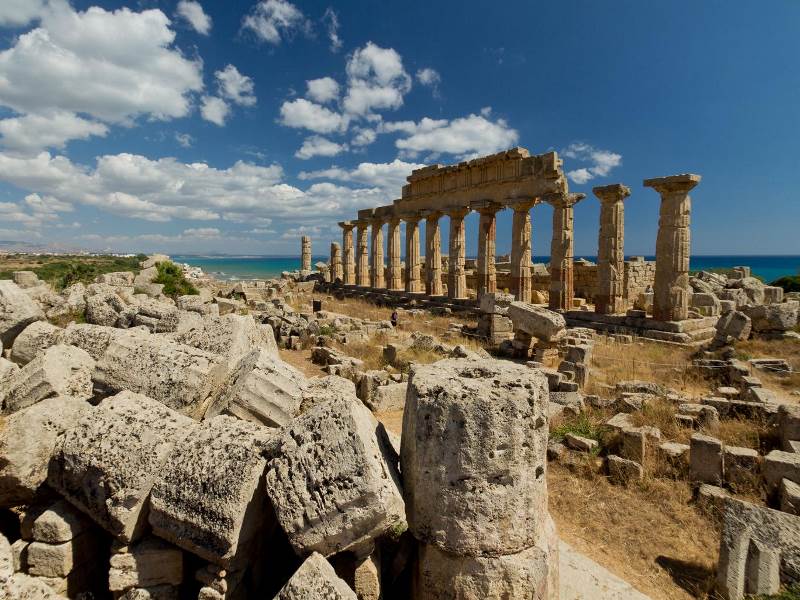
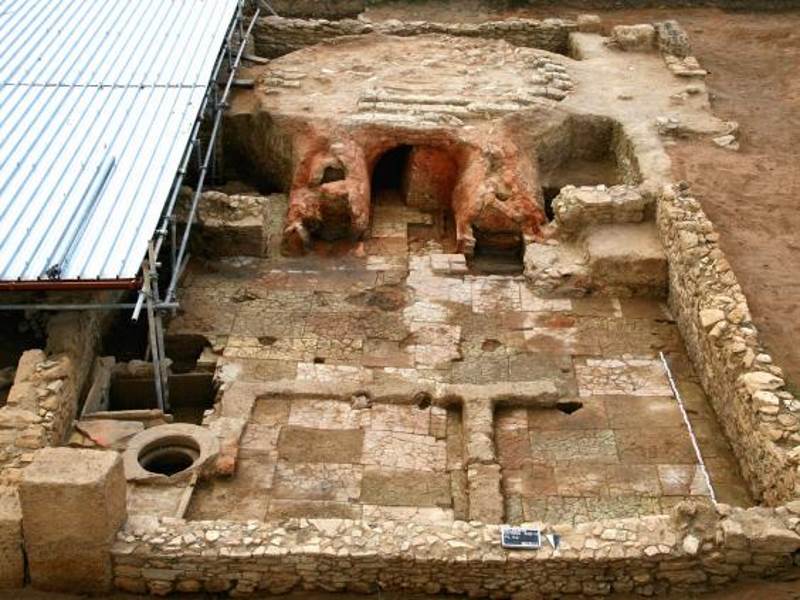


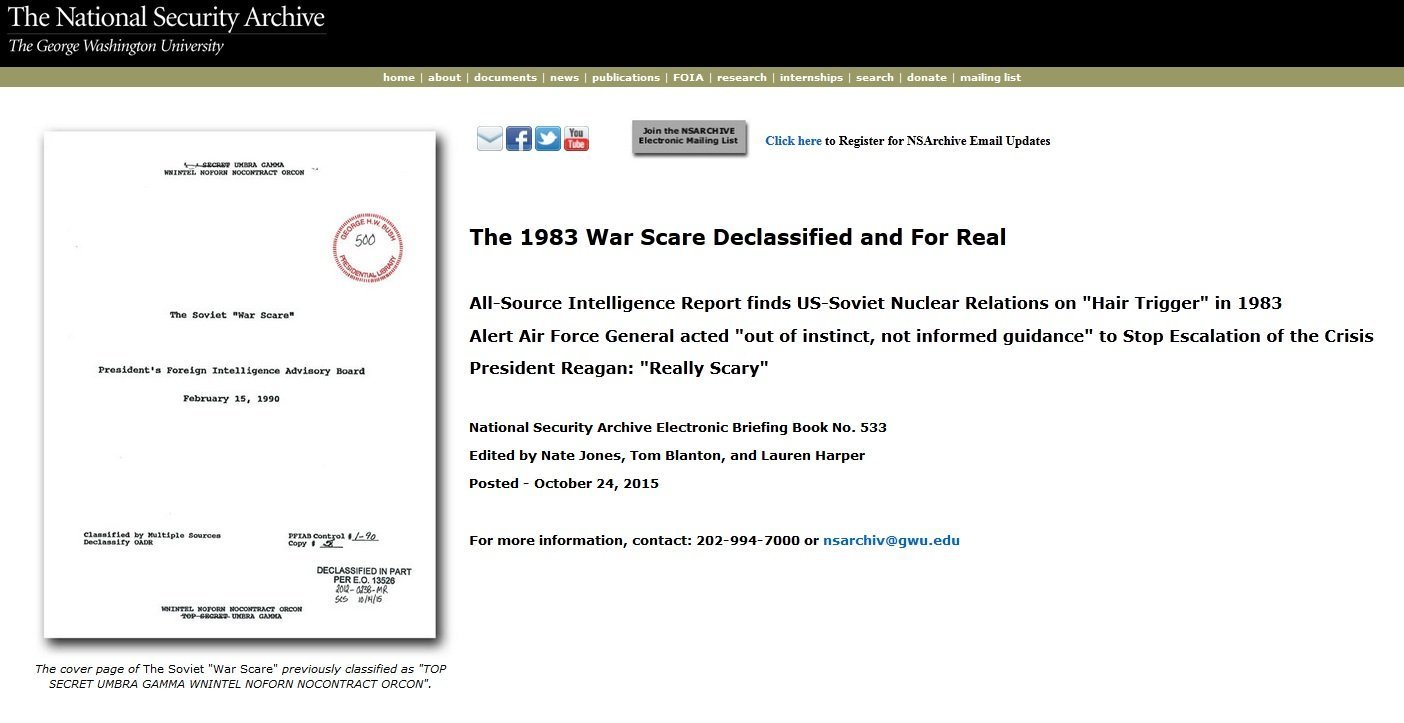

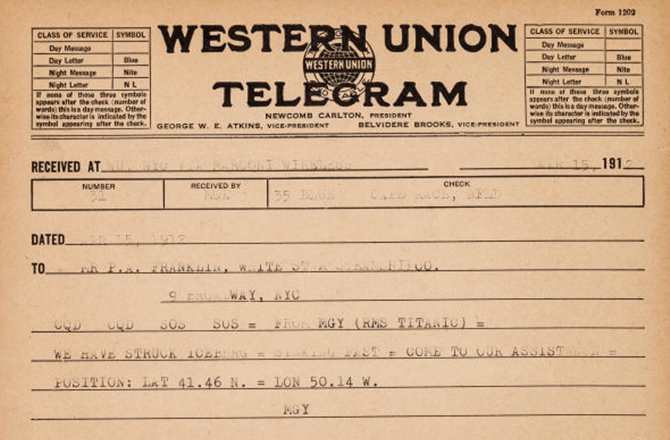

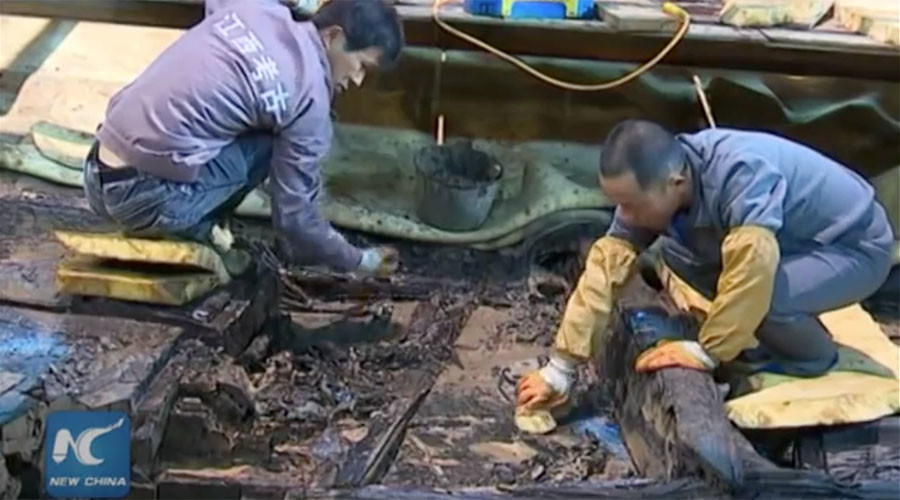

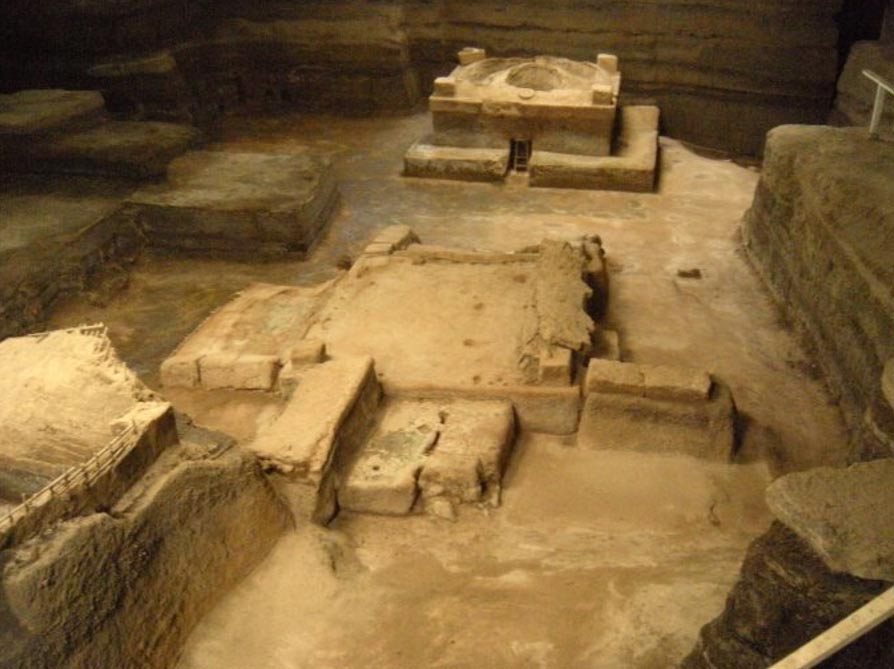



Comment: This newly declassified report is certainly timely, considering NATO's openly hostile war games directed at Russia: Also see: